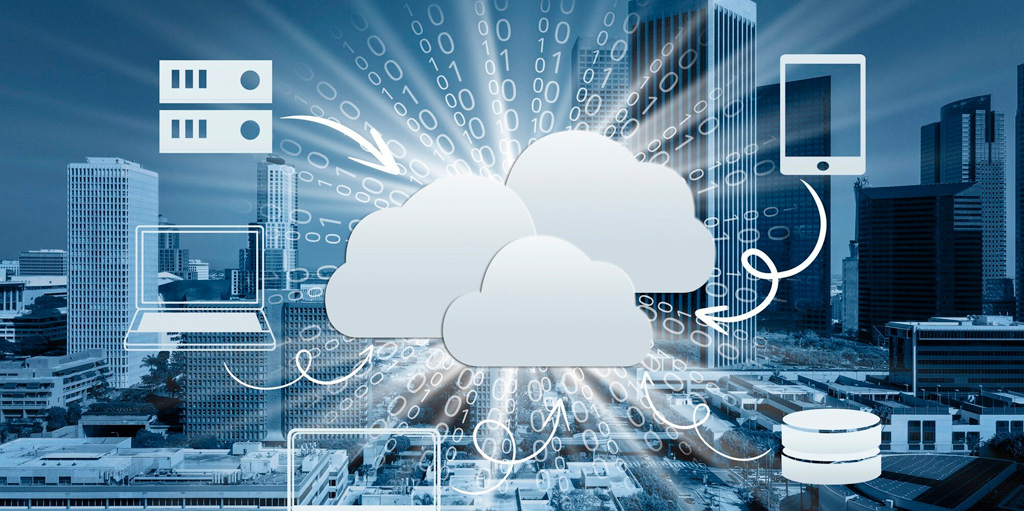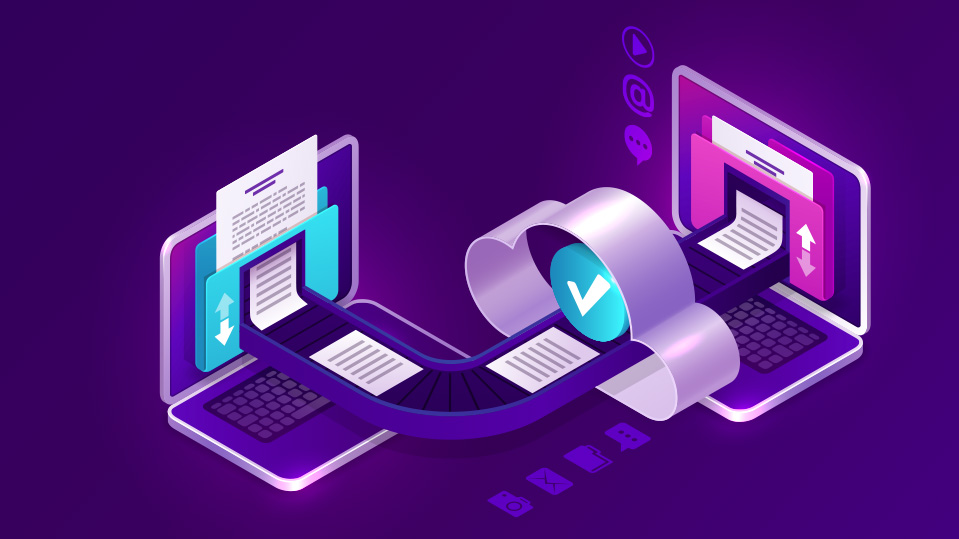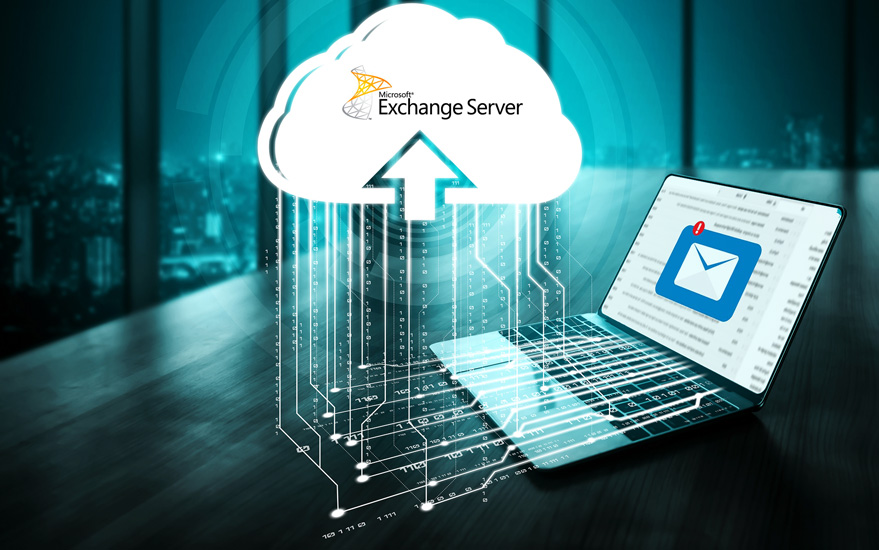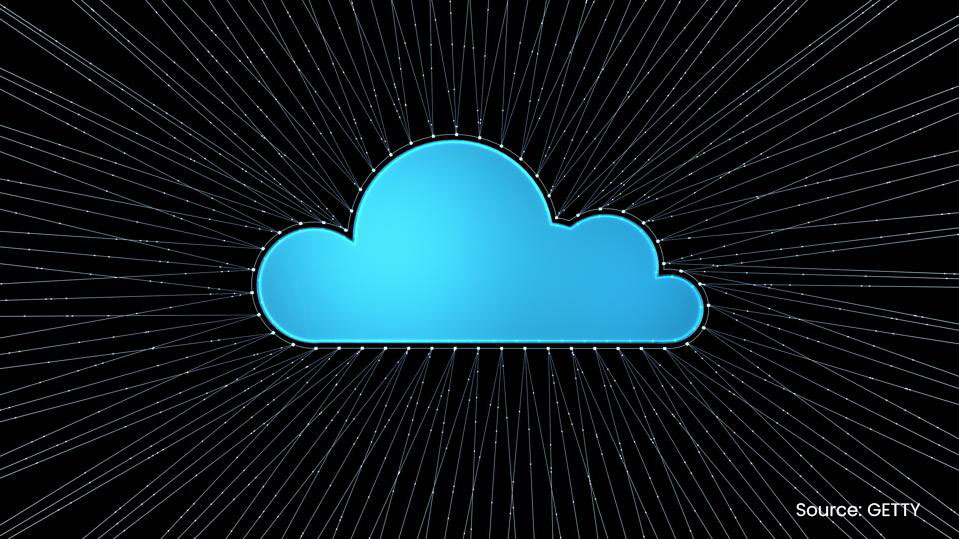How to Manage Data Growth with File Archiving in the Cloud
Today we live in a data-driven world where every enterprise is focused on how to leverage their data better to improve business results. But at the same time we are facing a data growth crisis so big that it is measured in zettabytes. You may be surprised to learn How Much Data Is Created Every Day? (more)

















